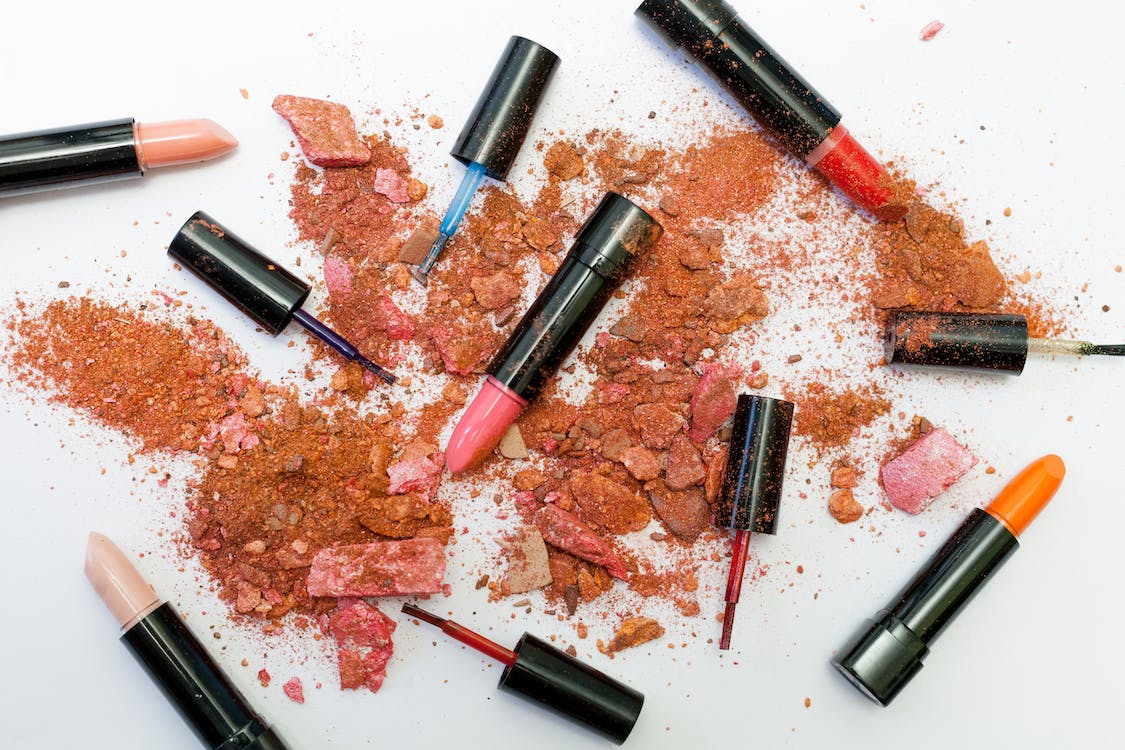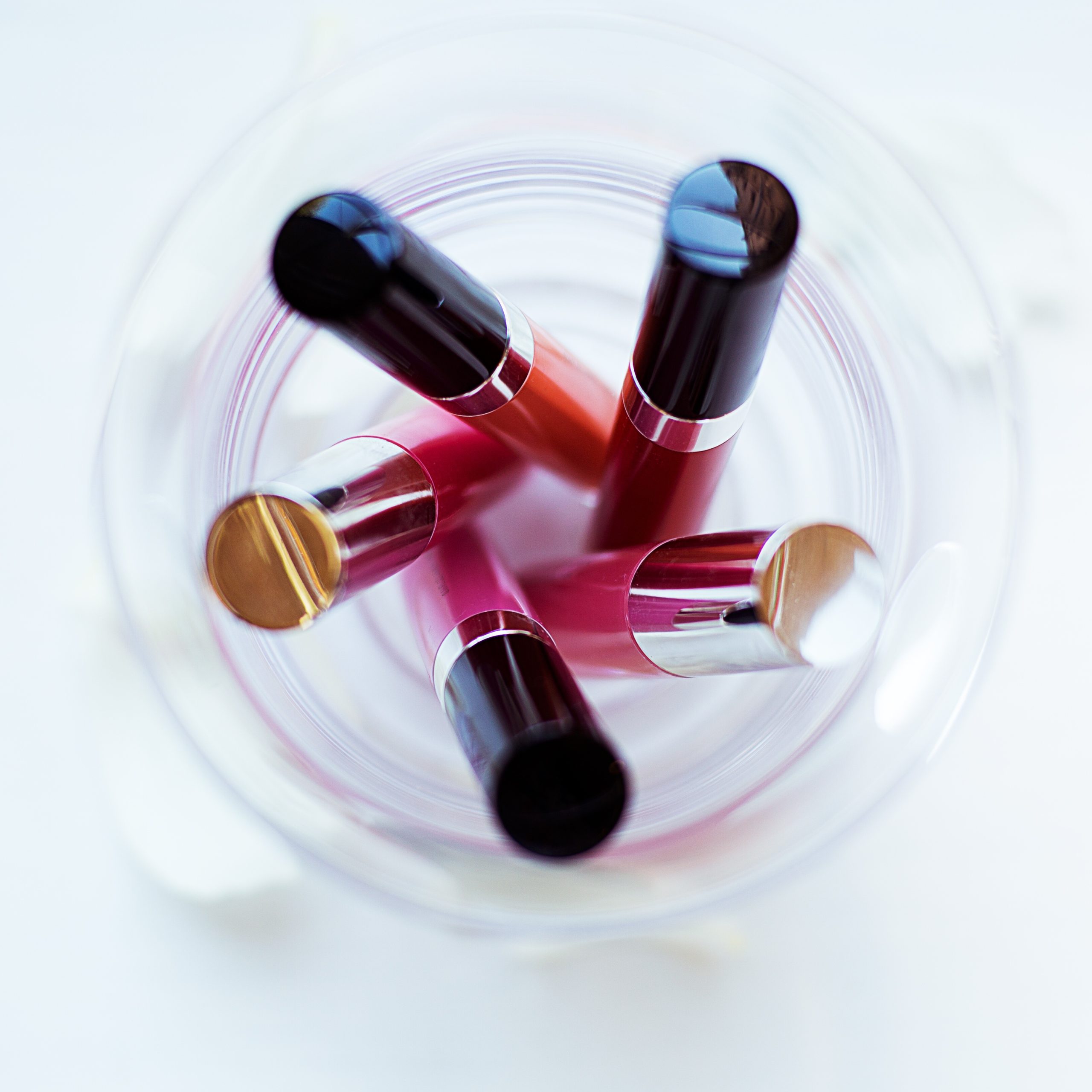Most lipstick comes in a stick form and is a waxy, slightly creamy substance that applies color to our lips. It is a cosmetic that has been used at least since the Middle Ages, and probably far earlier.
Oils that add moisture are the following:
- Petrolatum
- Lanolin
- Cocoa butter
- Jojoba
- Castor
- Mineral
A brief history of lipsticks
Around 5,000 years ago, men and women in the ancient Sumerian and Indus Valley may have been the first to create and use lipstick. The Sumerians utilized crushed gemstones to adorn their faces, primarily on the lips and the area surrounding the eyes. Cleopatra and other ancient Egyptians used crushed carmine-containing bugs to tint their lips red.
Lipstick was initially used at religious ceremonies in ancient China, but as time went on, more and more people started using it for cosmetic reasons. Lipstick was more like a lip balm in prehistoric China when both men and women applied it. They came from plant fluids, minerals, and animal blood.
Different Types of Lipstick
- Sheer or Satin Lipstick – Give your lips a moisturized appearance and are ideal for days when you do not wear makeup.
- Creamy Lipstick – The creamy lipstick makeup sits in the middle of satin and matte.
- Matte – A long-lasting lip product that is not shiny, unlike the other products.
- Lip Stains or Tints – A cosmetic product used on the lips to add color, frequently with little gloss.
- Glossy – It is less pigmented and emphasizes sparkle and shines over bright colors. Even while your makeup will still have a lovely color that unifies everything, the finish is what stands out most.
- Frosted or metallic – Basically, it is a lipstick with a tiny bit of shimmer to give your lips a glossy, sparkly appearance.
- Tinted Lip Balm – It is a lip balm that has vibrant colors pigmented into it. These distinctive lip balms give your lips a more subtle color than a typical tube of lipstick.
- Lip Liner – It is a cosmetic that is put around the lips’ outline, mostly to stop lipstick or lip gloss from accidentally spreading.
Tips to choose a lipstick that fits you
Choosing the appropriate lipstick swatch from the wide selection available might be difficult, especially if you are purchasing online. But it does not have to be tough. You may choose the ideal hue that best matches you and enhances your skin tone with a thorough examination.
1. Determine your skin tone
Identifying your skin tone is the first step in selecting the ideal lipstick shade. Fair, light, medium, tan, and deep are the five primary categories. On a fair or light complexion, lipstick hues like coral, peach, nude, and dusty red look stunning. Meanwhile, berry, rose, cherry red, and mauve are the best alternatives for a medium skin tone. Those with a deep skin tone will glow in brown and purple tones like plum, caramel, wine, and reds with blue undertones, while those with tans may fully wear bright red, coral, and deep pink colors.
2. Find your skin undertone
Finding the proper lipstick color depends equally on knowing what kind of skin undertone you have. Undertones can be classified as either chilly, warm, or neutral.
3. Consider the shape of your lips
In picking the proper lipstick, consider that it is also vital to take in the shape of your lips. Here is a brief guide:
- For top-heavy lips: Use a lighter shade of the same lipstick on your upper lip and a brighter shade on your lower lip.
- For lips with a heavy bottom layer: Use any shade that complements your undertone and dab a tiny touch of light nude shade in the center of your top lip.
- For asymmetrical lips: Use a lip pencil to outline your lips which is like your lipstick.
- For thin lips: Choose softer hues and stay away from bold, dark tones.
- For plump lips: Stay away from too light and shiny colors.
4. Look for a tint that is between one and two shades darker than your natural lip color
Apply the lipstick exclusively to your bottom lip to see how closely the tint matches your natural lip color. Comparing it to the color of your upper lip Keep looking if the colors are significantly different.
5. Choose whether you want your lips to appear bigger or smaller
Lighter tones might provide a youthful appearance, while darker shades will make your lips appear smaller. Matte lipstick can also make lips appear narrower, but glosses and sparkly colors can make lips appear bigger.
6. Analyze your complexion and undertones
Keep in mind that while they might be helpful indicators, your undertone and complexion are not the only factors to consider when picking a lipstick shade. It is necessary to try on various shades and, eventually, choose what you think looks best.
7. Try out the colors that professionals advise for your skin tone and complexion
You must try at least light pink, coral, peach, nudes, or beige if you are light-colored skin. Try a soft mocha and nude if you have cool undertones. If you have warm undertones, try soft pinks or a nude shade with slight peach. Choose to rose, mauve, or berry colors if you have medium skin. If you have cool undertones, try pink or cranberry colors. Try bronze or copper for warm undertones. Avoid browns and purples if you have tan skin and choose instead colors with an orange undertone. All other colors will look fantastic. Consider deep pink or coral.
8. Avoid matching your lip color too closely to your outfit
For instance, having lips that match your clothing color exactly will look dominant.
Conclusion
It has been discussed some of the interesting things about lipsticks and how will you know if what shade or color of lipstick matches your skin color. Finding the ideal lipstick can be difficult especially if you want the best that is available.


